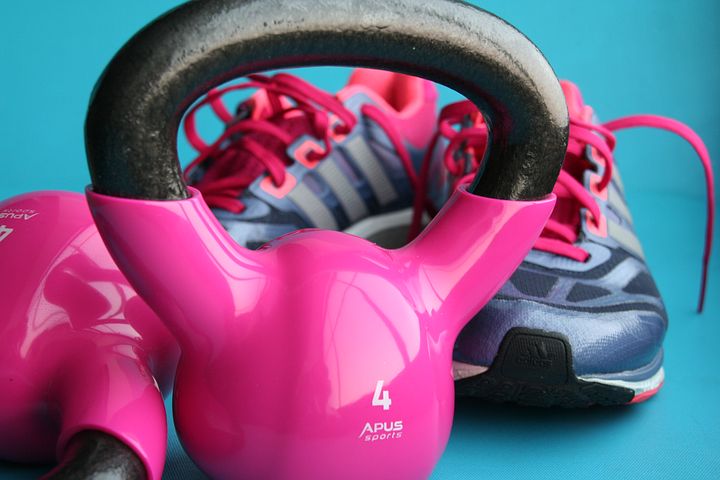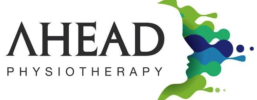We are all told that physical activity provides essential health benefits, however whether or not we achieve the amount of recommended physical activity is another story… In 2020 the World Health Organisation published revised activity guidelines, based on new evidence to encompass recommendations for specific populations as well as a few other changes. For adults aged 18-64 they remain fairly unchanged.
The guidelines are as follows…
“Adults should accumulate 150-300 minutes (ie. 20-40 mins/day) of moderate intensity activity or the equivalent vigorous intensity. They should also perform strength based activities at least two days of the week”.

These global recommendations are based on moderate certainty of evidence as the majority of health benefits are observed within these regular activity time frames. Data collected from the Australian Institute of Health and Wellness indicates that in 2018 only 15% of our population met these recommendations! With this alarming figure in mind we’d like to take a closer look at why being active is important.
So, why should I be active?
Regular participation in aerobic activity is shown to decrease cardiovascular disease, some cancers and the incidence of diabetes (type 2). There is a positive relationship between the amount of activity and these improved health outcomes. Research shows that strength based activities will provide additional health benefits compared with aerobic exercise alone. Some of these additional health benefits are, reduction in low back pain, increased bone mineral density, longevity and a reduction in all cause mortality. Resistance training is important for healthy ageing as it reduces muscle wasting and increase bone strength helping to reduce the risk of fractures. A recent study published in 2018 followed a group of elderly people over a 20-year period. They found that regular participation in strength-based activity resulted in a 23% reduction in all cause mortality.
Hopefully we have convinced you that aerobic exercise and strength is a valuable part of your daily life.

What is the best type of strength exercises and how can I incorporate these exercises into my life?
Muscular strength can be defined as the muscles ability to exert a force under specific conditions. The primary goals of strength-based exercises are usually to increase muscle size or improve muscle strength or power. This can be achieved through body weight exercises, adding resistance such as weight, tubing or even that old tin of spaghetti you have in the back of your pantry. Evidently, there is no single strength exercise that is the best. However, guidelines recommended focusing on exercises that encompass larger muscle groups.
How can your physiotherapist help?
Through an assessment a physiotherapist can tailor an individual exercise program to help you reach your goals or recover from an injury. There are many variables that can be modified to maximize muscular adaptations ensuring you reach your goals in a timely manner. Whether your goal is to compete in a triathlon or prevent falls in the home our team is more than happy to help.
For an individual exercise program please call Ahead Physiotherapy and speak to one of our friendly receptionists.
References
- Bull, F. C., Al-Ansari, S. S., Biddle, S., Borodulin, K., Buman, M. P., Cardon, G., . . . Willumsen, J. F. (2020). World Health Organization 2020 guidelines on physical activity and sedentary behaviour. Br J Sports Med, 54(24), 1451-1462. doi:10.1136/bjsports-2020-102955
- Fisher, J. P., Steele, J., Gentil, P., Giessing, J., & Westcott, W. L. (2017). A minimal dose approach to resistance training for the older adult
- the prophylactic for aging. Exp Gerontol, 99, 80-86. doi:10.1016/j.exger.2017.09.012
- Ralston, G. W., Kilgore, L., Wyatt, F. B., & Baker, J. S. (2017). The Effect of Weekly Set Volume on Strength Gain: A Meta-Analysis. Sports Medicine, 47(12), 2585-2601. doi:10.1007/s40279-017-0762-7
- Stamatakis, E., Lee, I. M., Bennie, J., Freeston, J., Hamer, M., O’Donovan, G., . . . Mavros, Y. (2018). Does Strength-Promoting Exercise Confer Unique Health Benefits? A Pooled Analysis of Data on 11 Population Cohorts With All-Cause, Cancer, and Cardiovascular Mortality Endpoints. Am J Epidemiol, 187(5), 1102-1112. doi:10.1093/aje/kwx345

